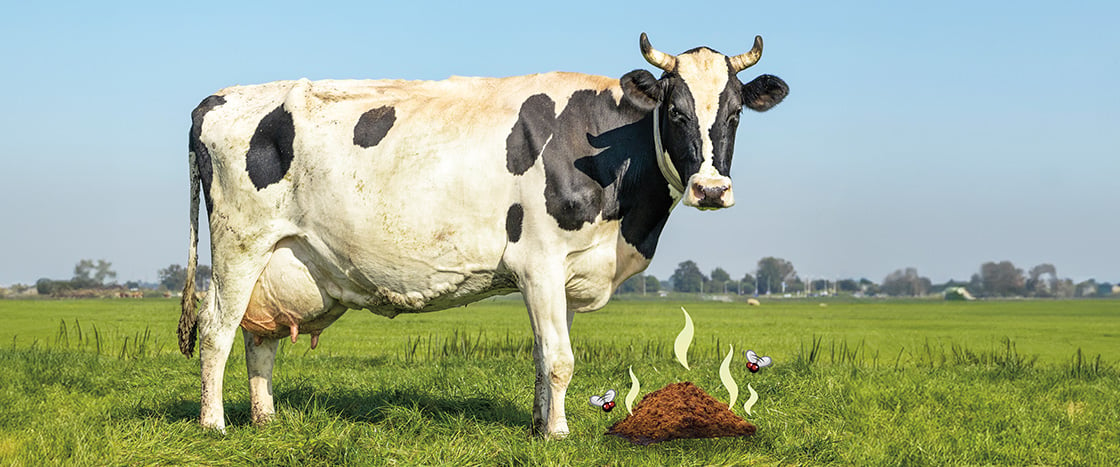People have long burned fossil fuels, like coal and natural gas, to produce electricity. But fossil fuels are nonrenewable resources. They will be used up before they can be replaced.
That’s why today, scientists are finding ways to get energy from renewable resources, which will never run out. Most of these resources produce much less pollution than fossil fuels.
You may have heard of wind energy and solar energy (energy from the sun). But renewable energy can come from some more surprising sources, from plant scraps to poop!
People have long burned fossil fuels to make electricity. Coal and natural gas are examples of fossil fuels. They are nonrenewable resources. They will get used up before they can naturally be replaced.
That’s why scientists are looking for other ways to get energy. They’re focusing on renewable resources. They will never run out. And most make much less pollution than fossil fuels.
You may have heard of wind energy and solar energy (energy from the sun). But renewable energy can come from other places. These surprising sources include plant scraps and poop!

